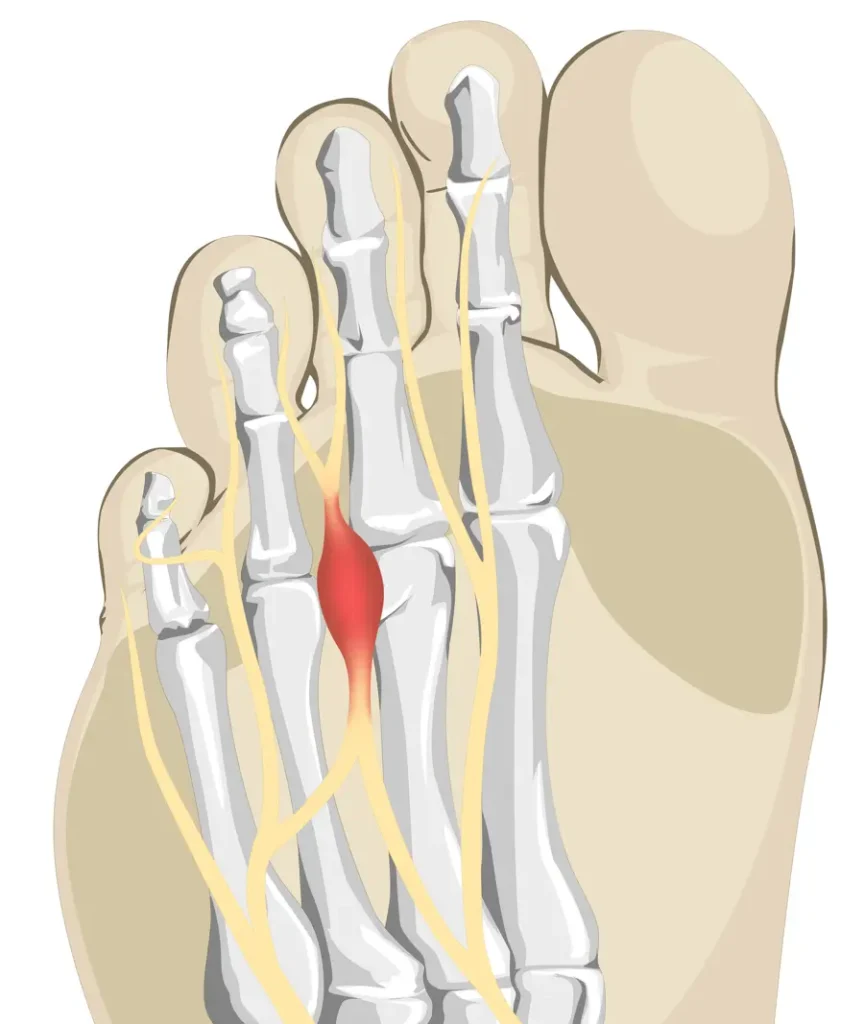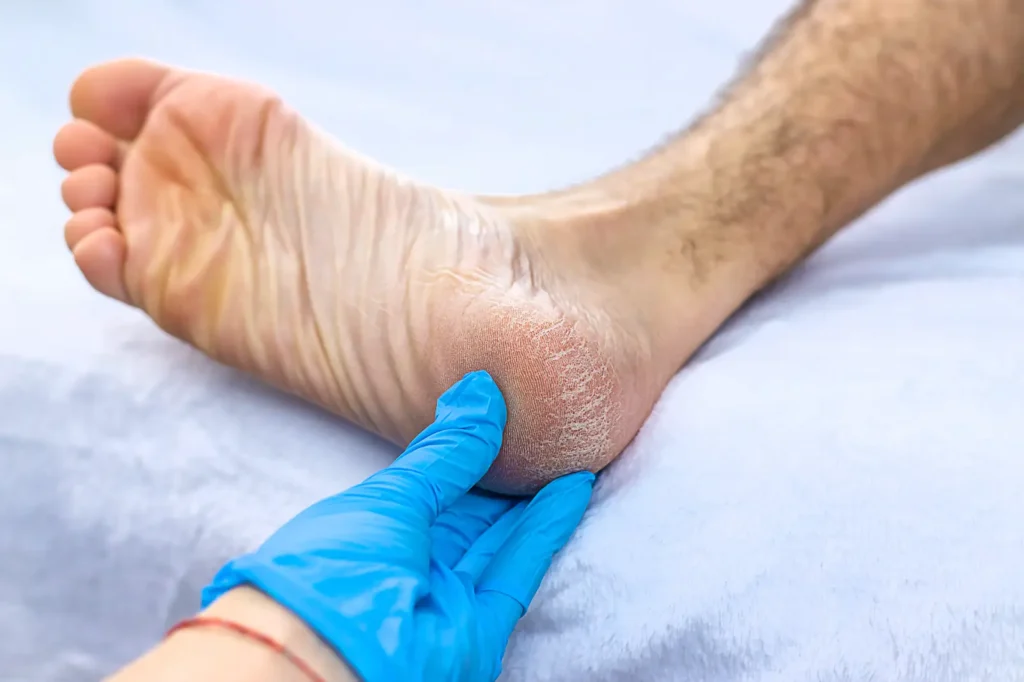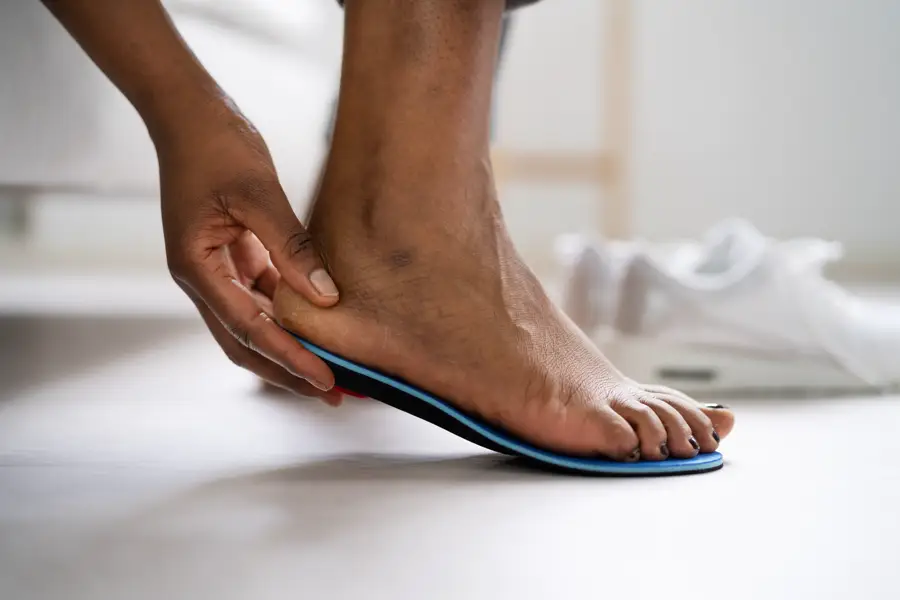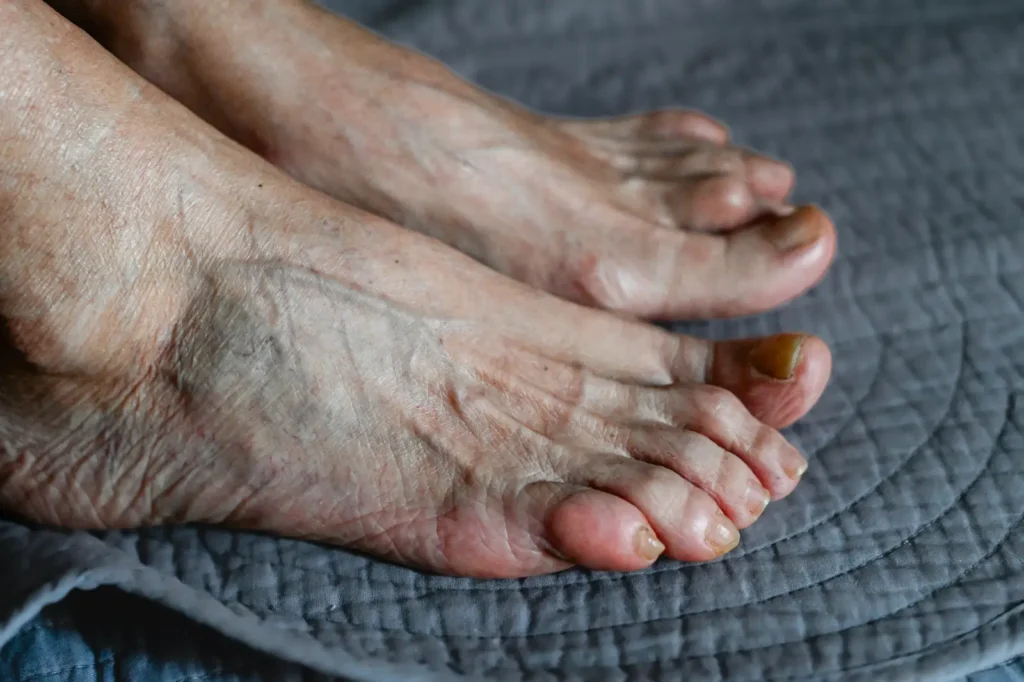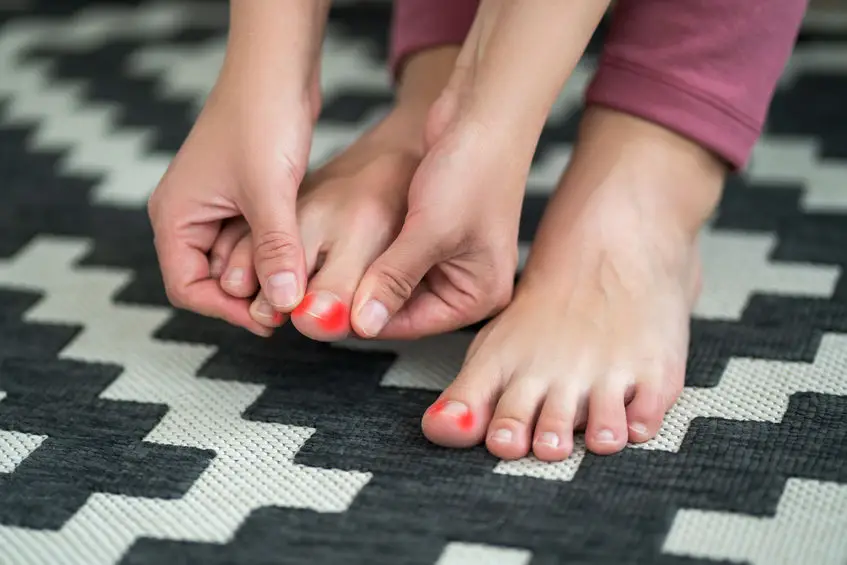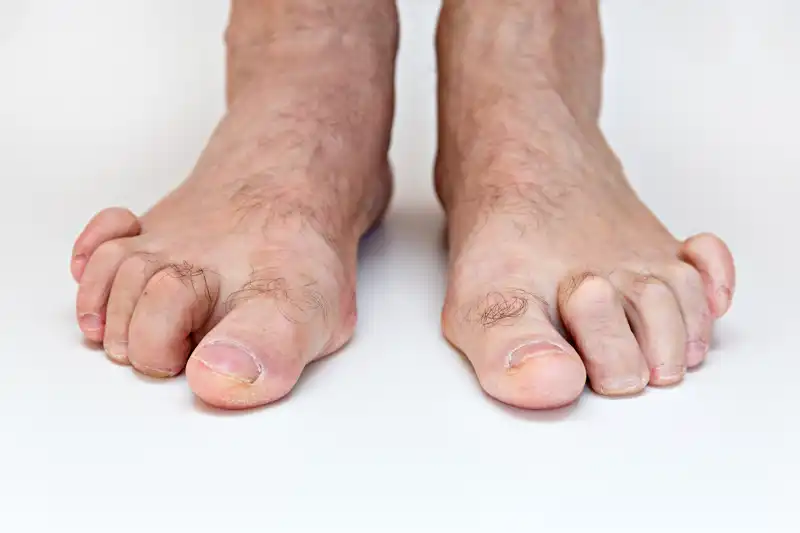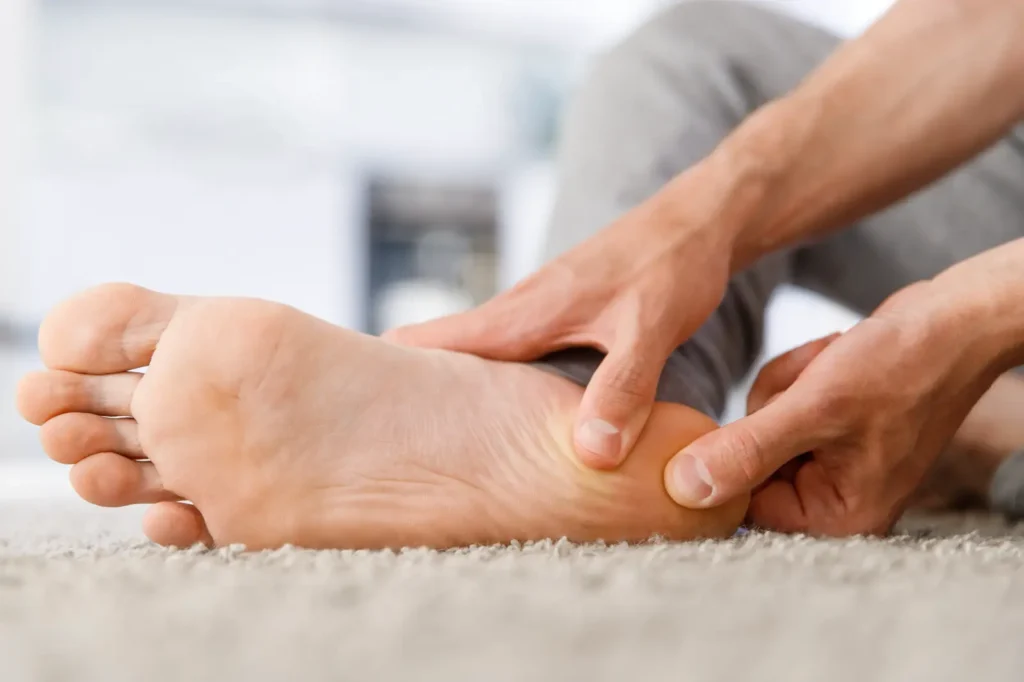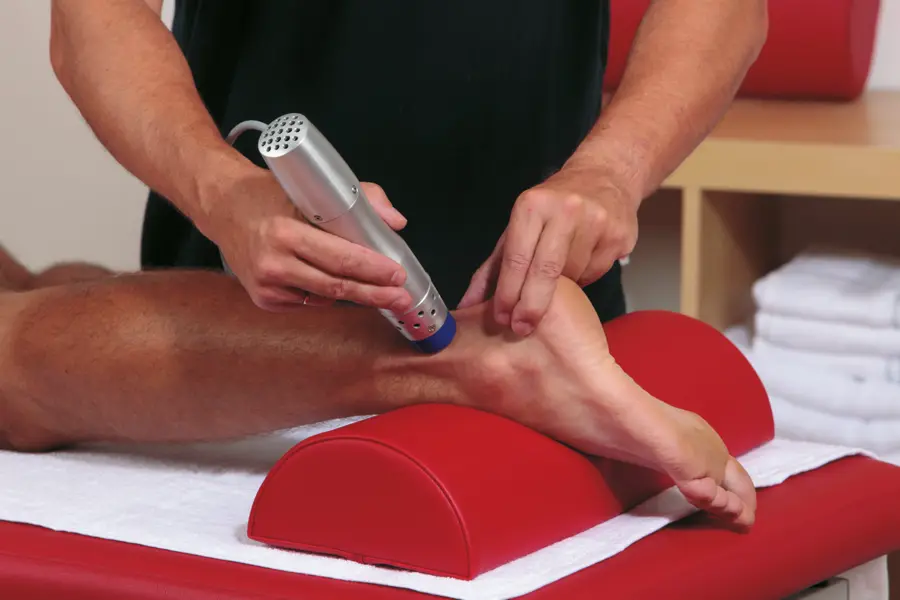Neuroma
Experience expert care for neuroma with Dr. Alan J. Rosen, located in New York City.
You probably don’t like the idea of walking with a pebble in your shoe, however, if you’re suffering from Morton’s neuroma, that may be how you feel all the time. Dr. Alan J. Rosen, of New York City’s Upper East Side, can help you with this nerve disorder that can also produce stinging or burning pain. Call the office, or book an appointment online today.

